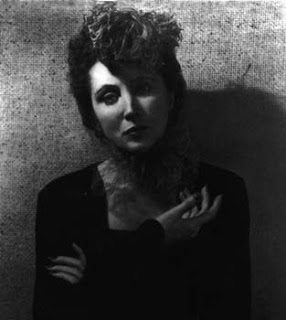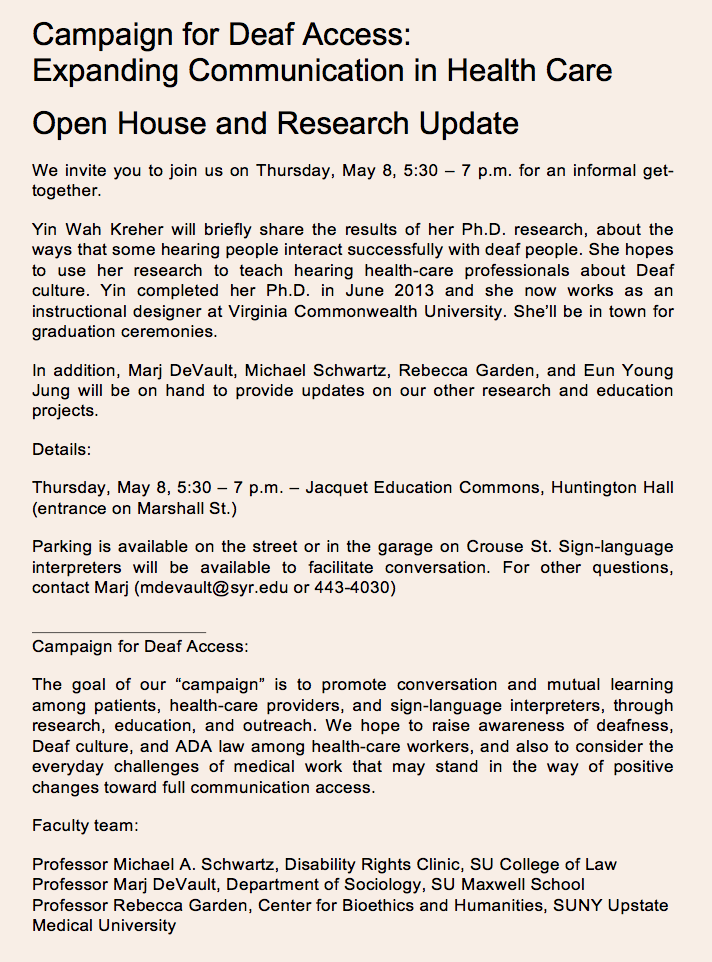There’s a Place for Us [Repost]
I was born and obtained my undergraduate education in Singapore, “the little red dot” or “the Lion City.” In late 1999, I relocated to the USA and have had much adventure navigating cross-cultural zones of change. As a Singaporean Chinese, I am often perceived as someone from the Republic of China, which is not a problem or a bad thing at all. It is when I am expected to exhibit behaviors that go along with that misperception that things get awkward and challenging. What follows are little snippets of the faux pas some people have committed in an attempt to relate to me. These illustrations highlight the fact that there is substantial work to be done in the area of education and awareness about dealing with difference.
**********************************************************
American White Male prof: “The opening ceremony of the Beijing Olympics was wonderful. Those Chinese girls didn’t smile at all while performing.” (Looks at Yin to explain why.)
Yin: *scratches head* [couldn’t explain to prof]
Note: This is a faux pas that tends to happen because most people see me as Chinese, but I am a Singaporean. My grandparents migrated to Malaya (pre-independent Singapore was a part of Malaya) and then to Singapore.
********************************************************
American White Male: “You speak such good English compared to other Chinese. How is that so?”
Note: Again, this is a social blunder that happens because most people see me as a Chinese from China, but I am a Singaporean. And there is a presumption that Chinese internationals don’t speak or write good English. This is an overgeneralization. I’m always amused more than offended to see the shock on people’s faces when they read my writing or hear me speak.
********************************************************
American White Male: “So do you eat dog meat or cat meat?”
Note: This is a bad joke. The perception and assumption that I’m Chinese is associated with the idea that Chinese people eat strange stuff like monkey brains or dog meat. This is an overgeneralization.
********************************************************
International Female faculty client. I interacted with her substantially at our Center’s training sessions. I presented her my business card and offered to work with her. She subsequently chose to work with a Female White designer.
Note: This is not an indictment of the faculty decision. She has her reasons for her choices. I chose to include these next three examples because I want to highlight that sometimes, we may not be aware of our unconscious decisions. In Singapore, for instance, we were a colony of Britain and at times, the colonial mentality remains and is exhibited in some behaviors. Some Singaporeans consider Caucasians to be superior to Asians and look to them for solutions to their problems. It could work the other way too; people may be intimidated by the supposedly model minority, Asians.
********************************************************
Black Female client contacts African colleague to work with her on accessibility issues after checking out our web bios. She was redirected to me.
Note: People are comfortable with people who appear to be more like them. It’s human nature.
********************************************************
White Female client was assigned to work with me. Emailed me subsequently to say she was going to switch and work with another Female designer (who also happened to be White).
Note: Same rationale as above.
********************************************************
Invited to a large corporate firm for an interview which was then delayed for some time. At the meeting, interviewers made snide remarks about my being overqualified. I was subsequently not hired.
Note: This happened quite frequently to me and my international friends who were selected for interviews to meet diversity requirements. Unfortunately, I think this is how people play games to beat bureaucracy.
********************************************************
Diversity. Accessibility. Inclusivity. These are buzzwords in higher education. We hear them mentioned so often, I wonder if they lose their meaning for those in privileged circumstances. To me, diversity includes supporting accessibility, that is, the ability to access information and services. More often, it relates to the design of products and services for people with disability. Our VCU Institute for Inclusive Teaching planning committee regards inclusivity as a fluid concept:
Moving towards inclusivity includes an intention of reflecting on ideas and assumptions, and becoming aware of differences in order to gain insight and transform our practices.
How is accessibility related to diversity, many might ask? Individuals with disability are often not able to participate or have access to information and services because of differences that require special accommodations. When I think of diversity and accessibility, I include the discussion of people with disability too, because to some people with disability, disability is not pathological nor an impairment. It is an identity they proudly embrace and I support their desire to be a community of their own with their specific norms and values. Society is filled with individuals and groups with different traits, norms, values and ways of communicating, and it may be maddeningly chaotic, but perplexingly charming at the same time. It is okay to be different.
Personally, I was desensitized to these popularly used terms (that is, diversity, accessibility, and inclusivity), because I grew up in a multiracial society in Singapore and race was hardly an issue. I became aware of the need to be culturally responsive when I increasingly encountered these social blunders in America, began working on my dissertation and when I first got involved with a planning committee that does work related to inclusivity (which to us encompasses diversity and accessibility).
To be a tad more precise, I believe my advocacy and work for inclusivity began when I first taught a deaf student in Singapore just before I came over to the USA. I experienced first-hand the challenges of designing lessons for her without adequate training in inclusive design. Another watershed moment for me was when I worked with a faculty member to design his first online course. He had mobility and vision challenges, the severity of which I was ignorant of until I met him in person. Little wonder he took so long to reply to my emails! He had to use a screen reader and a screen magnifier which expanded small portions of text, a chunk at a time. With mobility challenges, he could not use the mouse easily. For those of us without any disabilities, such challenges are not the first things we think of when we wonder why someone does not respond to our emails. After all, we scan web pages and skim for content without much hesitation.
During doctoral studies, I joined the Access Project team, an interdisciplinary research and community education project directed by Professors Marjorie DeVault (my dissertation advisor), Rebecca Garden and Michael Schwartz (faculty members at Syracuse University and Upstate Medical University in Syracuse, NY). Combining perspectives from law, social science, and health humanities, the Access team explored communication access in health care (DeVault, Schwartz & Garden, 2011). Drawing from Schwartz’s research on deaf people’s perspectives (Schwartz, 2006), the team engaged in research and community outreach activities meant to illuminate and address the social and organizational barriers to quality health care for deaf patients. The central goal of the project was to engage healthcare professionals with deaf perspectives on the healthcare encounter, and our discussions raised questions about the most effective approaches to designing and delivering healthcare education in this area.
In VCU, I missed the opportunity to work with the community as I had done during graduate school. I was grateful to be invited to be a part of the Institute on Inclusive Teaching (May 18-22, 2015).
It is one work project that keeps me going, even on days when I feel irrelevant and wonder what all my 30 years of specialized training in Instructional Design is for. When I do anything, no matter how small, for the project, I feel that I’m making a difference, and I know that what I’m doing will have a ripple effect, through time. There are real problems to solve, awareness to create, educational sessions to design and facilitate. There is a reason why I’m there, in the committee. There’s a reason for all those years of education.
When I’m with the committee, I work less at making people understand the implications of diversity. I don’t have to negotiate so hard at the intersections. People in the committee have been misunderstood in some way by someone (unintentionally?), have lived experiences of these issues and thus know how important it is to be inclusive and to educate people to be inclusive. I am at home in such a diverse multicultural setting like Singapore.
“If you don’t live it, it won’t come out of your horn.” – Charlie Parker, musician.
Among my committee friends, I find myself. And in turn I can help others to find themselves and not feel lost.
The Institute focuses on issues of access and equity in education, core goals of education. We touch on issues of social justice, stereotype threats, solo status, inclusive learning design, international students’ acculturative stress and facilitate the transfer of this knowledge to instructors’ design of courses. A week is not enough time to learn everything there is about inclusivity, but we try our best to design and model a learning experience that has the potential to make participants rethink their perspectives towards making their classrooms more inclusive.
At the 2009 UNESCO World Conference on Higher Ed, the OECD Secretary-General said:
The first priority is access and equity… the second priority area is efficiency and effectiveness [and] the third area is quality and relevance.” – Angel Gurria, OECD Secretary-General.
Access and equity. These are two priority areas that make me get up in the morning to go to work. If I don’t find myself in a position to fight for these causes anymore, I think my work will have lost a significant bout of meaning.
By highlighting challenges of difference that many others and I face, I work at contributing to and becoming a part of the solution; at using education to create awareness. Working on the Access project with my professors, I saw that litigation could not resolve the complex challenges that deaf patients face; it could not narrow health disparities between them and other ethnic or minority groups. Addressing the top priority area of concern in education does not eliminate the need to work on other priority areas. As a learning innovation designer, efforts to innovate and transform education can also serve to improve access and equity. I look forward to a society that increasingly recognizes that difference is not a problem, but a beautiful gift that contributes to creative expression and transformative learning experiences.


